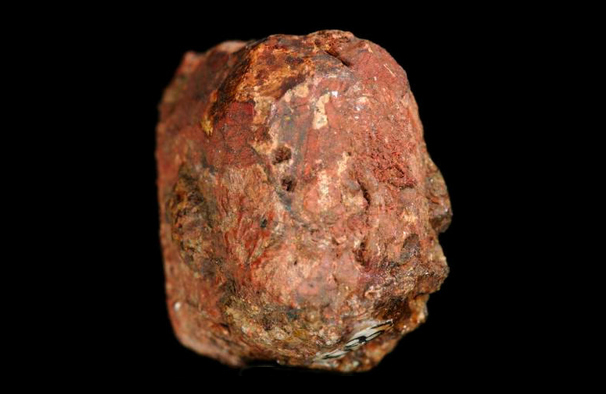Francium is a chemical element with the symbol Fr and atomic number 87. It is a highly reactive, radioactive metal that is extremely rare in the Earth’s crust. In fact, it is one of the rarest elements on Earth, with only around 30 grams of it existing naturally at any given time. Francium is the last element in the alkali metal series and is placed in Group 1 of the periodic table.
Francium was first discovered in 1939 by Marguerite Perey, a French chemist who was working at the Curie Institute in Paris. Perey was investigating the properties of actinium, a radioactive element, when she noticed a new, unknown element in her samples. She named the element francium, after her home country of France.
Francium is a highly reactive metal, and it is extremely difficult to isolate and study. It is so reactive that it cannot be found in nature in its pure form. Instead, it is found in small amounts in minerals such as uraninite and thorite. The most stable isotope of francium, francium-223, has a half-life of only 22 minutes. This means that it quickly decays into other elements, making it even more difficult to study.
Francium is a highly reactive metal that readily loses electrons to form a positive ion. It is an alkali metal, which means that it is highly reactive and has a low ionization energy. It is also a highly radioactive element, with a half-life of only 22 minutes. This means that it quickly decays into other elements, making it even more difficult to study.
Due to its highly reactive nature, francium has very few practical applications. It is not used in any commercial products and is not found in any significant quantities in nature. However, it has been used in scientific research as a tool to study other elements. For example, scientists have used francium to study the properties of other alkali metals, as well as to study the properties of atoms in general.
Francium is a highly reactive metal that readily loses electrons to form a positive ion. It is an alkali metal, which means that it is highly reactive and has a low ionization energy. It is also a highly radioactive element, with a half-life of only 22 minutes. This means that it quickly decays into other elements, making it even more difficult to study. Due to its highly reactive nature, francium has very few practical applications. It is not used in any commercial products and is not found in any significant quantities in nature. However, it has been used in scientific research as a tool to study other elements. For example, scientists have used francium to study the properties of other alkali metals, as well as to study the properties of atoms in general.
Francium is not found in any significant quantities in nature and is not used in any commercial products. However, it is used in scientific research as a tool to study other elements. For example, scientists have used francium to study the properties of other alkali metals, as well as to study the properties of atoms in general.
The most stable isotope of francium, francium-223, has a half-life of only 22 minutes. This means that it quickly decays into other elements, making it even more difficult to study. However, scientists have been able to produce small amounts of francium in the laboratory through the process of alpha decay. This process involves bombarding a target element, such as thorium or uranium, with alpha particles, which are high-energy helium nuclei.

